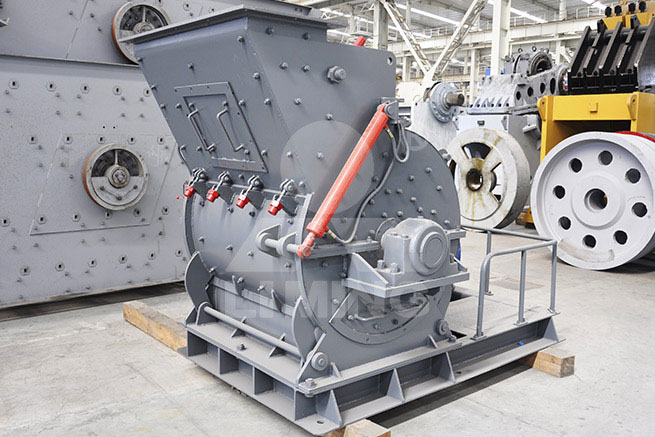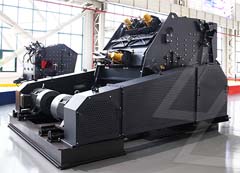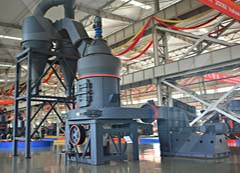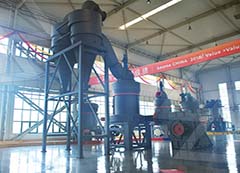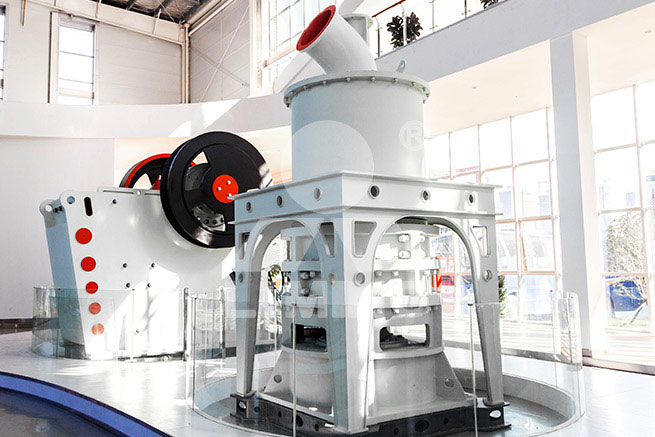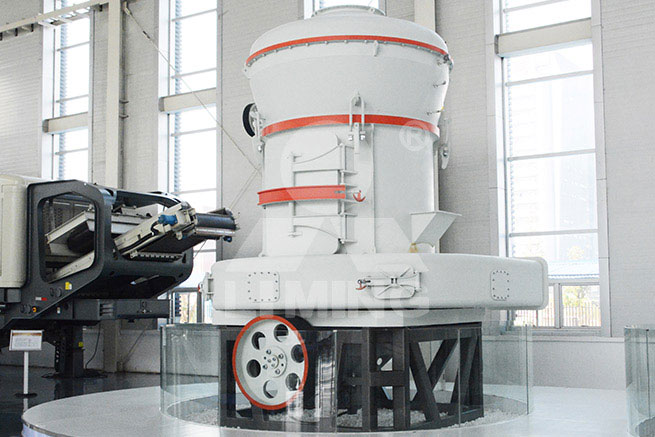what is coal mill of a cement industry
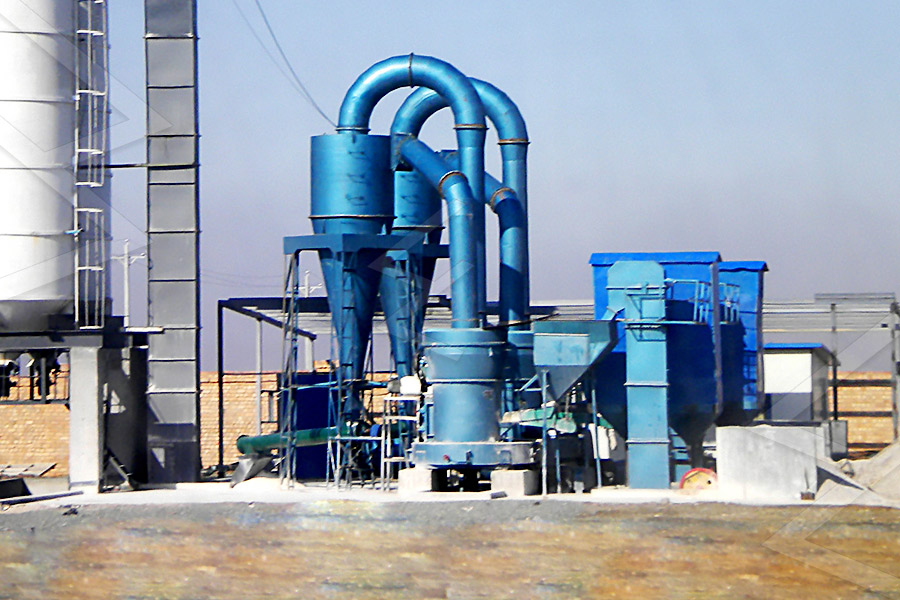
Coal mill_cement production process_lvssn
2020-3-27 · Coal mill. Capacity: 3-55t/h Applicable materials: Cement silicate products new building materials and etc. Application: Cement me tallurgy chemical industry and etc. Coal mill is the main equipment of pulverized coal preparation system which is mainly used for pulverizing coal with various hardness and also for pulverizing coal and ore in cement me tallurgy
Read More
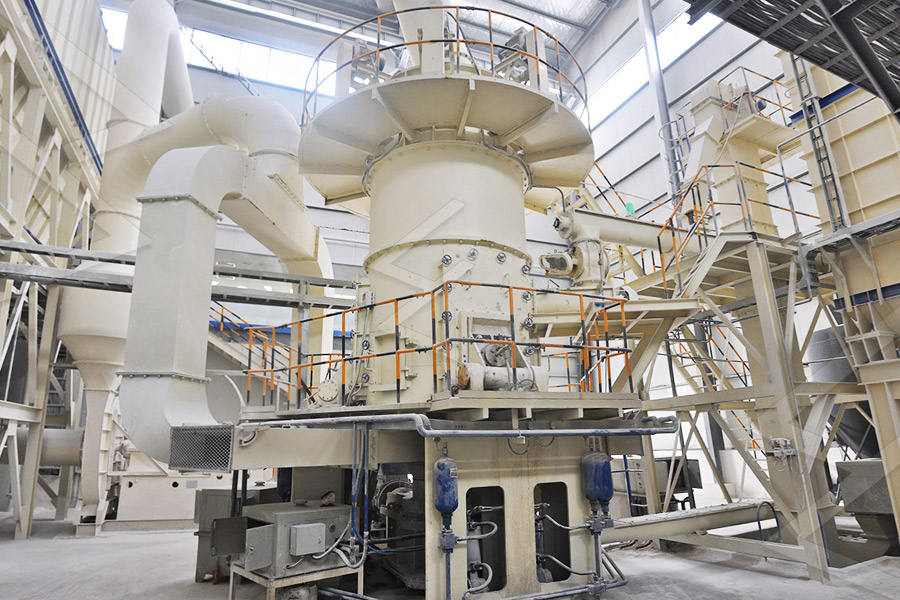
Coal Mills for Cement Plants | Loesche
2022-2-3 · Coal Mills for Cement Plants Coal grinding mills LOESCHE coal grinding mills are distinguished by characteristics that improve efficiency, safety and environmental protection, from the standard version to top-of-the-range
Read More

Coal in the cement industry
2012-11-8 · Coal in the cement industry Cement manufacturing consists of raw meal grinding, blending, pre calcining, clinker burning and cement grinding. Limestone, CaO, SiO2, Al2O3 and Fe2O3 are crushed and milled into a raw meal. This is blended and preheated in
Read More
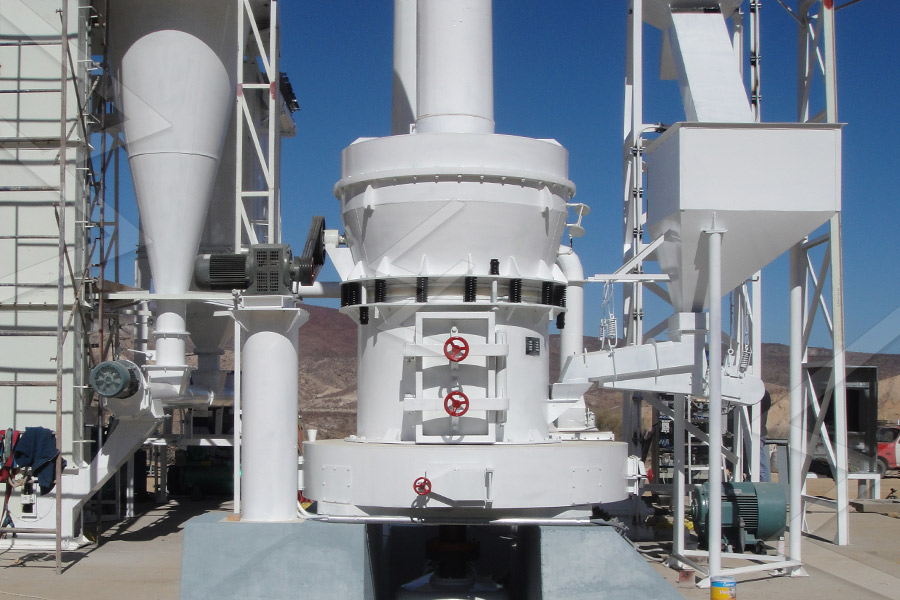
On Coal Mill Safety In Cement Industry
Coal Usage In Cement Industry (2) Mill (grinding) Cement. COAL PREPARATION AND. BURNING TECHNOLOGY IN CEMENT INDUSTRY. IMPACT OF COAL ASH AND VOLATILE MATTER The chemical composition of coal ashes is usually broadly similar to that of ,tie argillaceous (clay or shale) components in the cement kiln feed raw mix, i.e .they are rich in
Read More
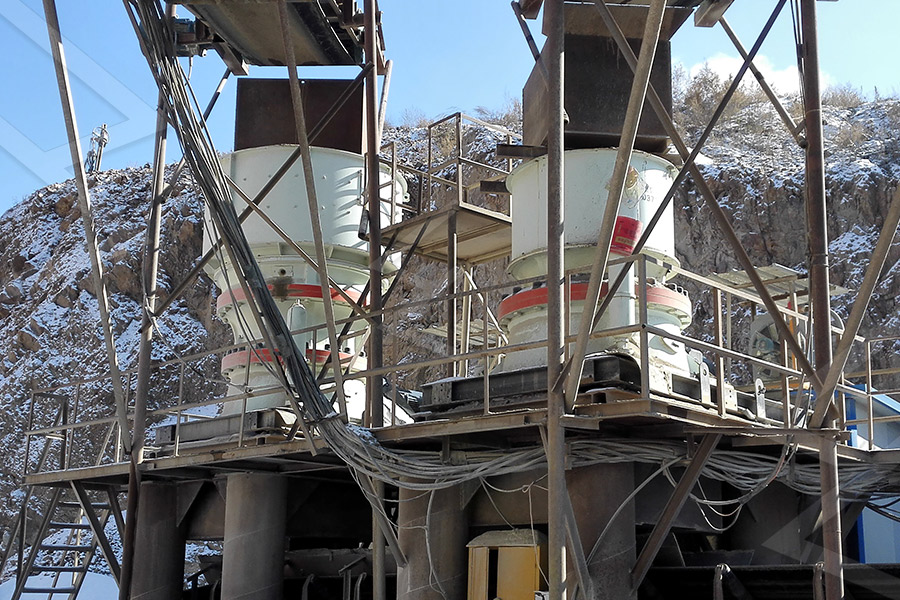
Cement Industry - an overview | ScienceDirect Topics
Dilip Kumar, Deepak Kumar, in Sustainable Management of Coal Preparation, 2018. 9.2 Cement Industry. In the cement industry, coal quality is very important as it affects both the quality of the cement and the operation of the plant.The Indian cement industry uses coal because of its abundant availability and shortage of oil and natural gas. Today the Indian cement industry
Read More
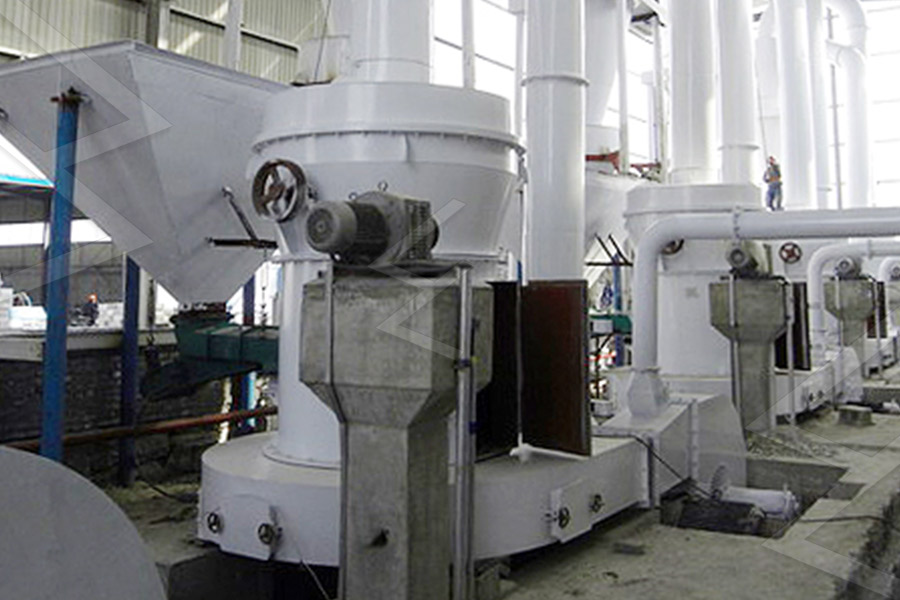
coal mill of a cement industry - volejbalmelnik.cz
Coal in the cement industry. Coal in the cement industry Cement manufacturing consists of raw meal grinding, blending, pre calcining, clinker burning and cement grinding. Limestone, CaO, SiO2, Al2O3 and Fe2O3 are crushed and milled into a raw meal. This is blended and preheated in a preheater cyclone. More
Read More
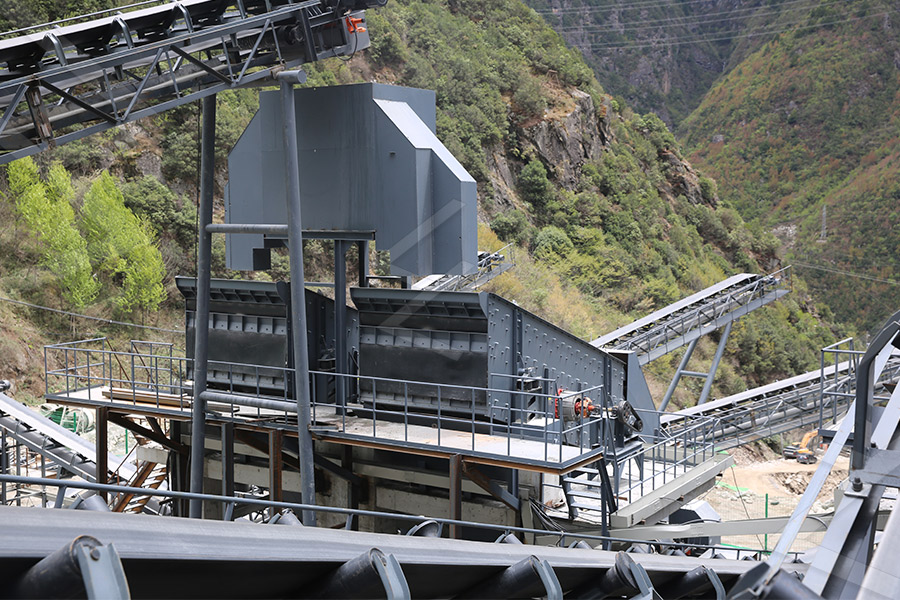
Coal Mill - an overview | ScienceDirect Topics
To summarize the coal mill controls, they may be divided basically into two major categories:. 1. To control the quality of coal being sent to the burners located on the furnace walls. The word quality here means the temperature and fineness of the PF. The set temperature values are dependent on the percentage of volatile matter that exists in the main fuel.
Read More
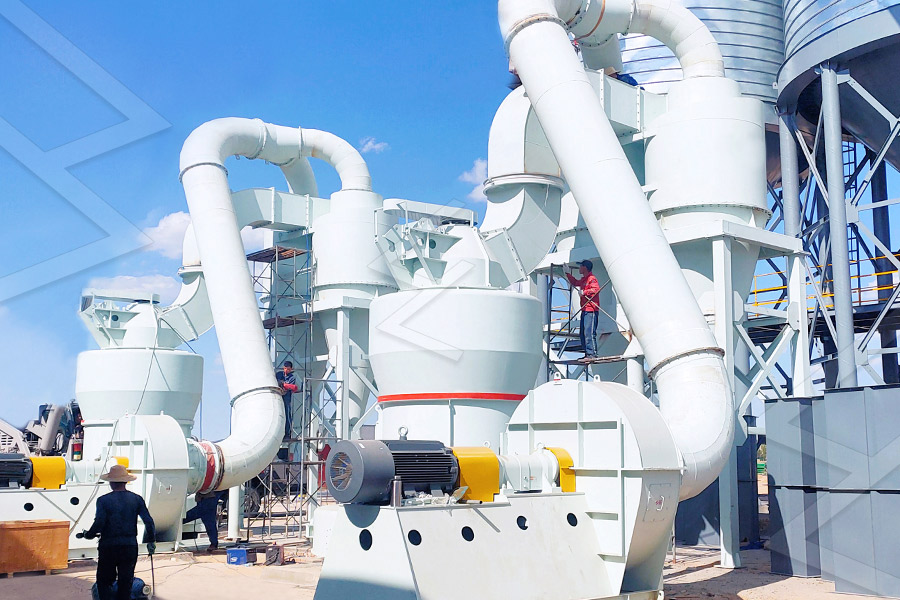
Cement Industry | Subcoal International
Cement Industry. With experience of over 40 years, the cement industry is a well-known user of various alternative fuels. Subcoal® has been used on a number of different kilns in Europe, with some surprising new ways of substituting fossil
Read More

Cement Mill - Cement Grinding Machine | AGICO Cement ...
Coal mill is the main equipment in the pulverized coal preparation process.Because calcining top-grade cement clinker requires a stable supply of coal powder as the fuel of cement kiln, and more than 85% of pulverized coal should be finer than 200 mesh, water content less than 2%, and calorific value more than 6000Kcal/kg, therefore the pulverized coal preparation system is one
Read More
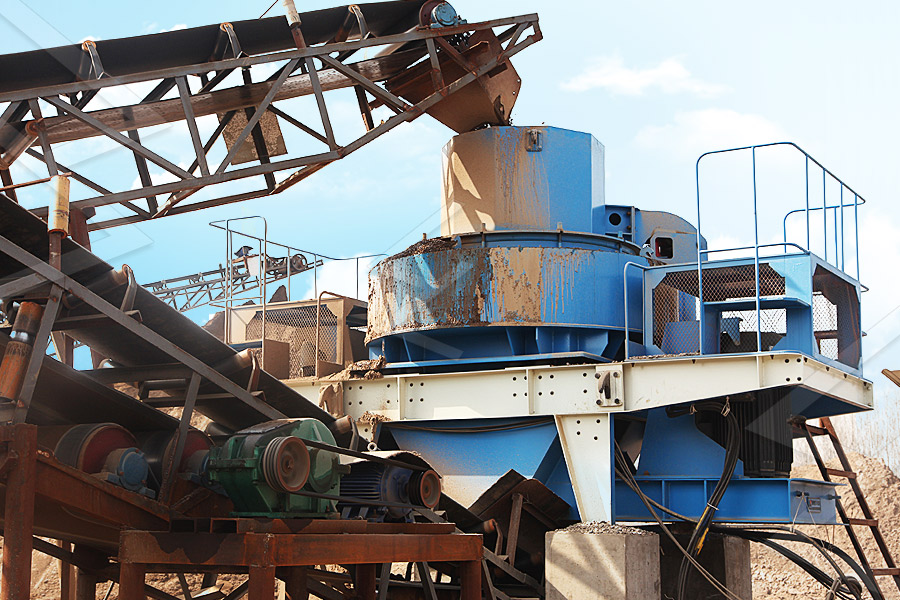
Raw Mill In Cement Plant,Cement Making Plant
A raw mill is the equipment used to grind raw materials into "rawmix" during the manufacture of cement. It's mainly used in grinding raw materials and end products in cement plant. Raw mill is made up of feeder part ,discharging part ,rotating part ,transmission part (reducer,samll transmission gear ,motor,electric control) etc.
Read More

What You Need to Know About Rotary Feeders In Cement ...
2020-7-15 · In most cases, coal mill feeders are smaller than raw mill or finish mill feeders with capacities of 10-100 tons per hour. The #1 issue for coal mill operators is stickiness or coal build-up on all the material handling equipment, including the mill feeder. Raw coal, which is usually 3-4” inches or smaller, can have inherent moisture in it.
Read More

Coal Mill - an overview | ScienceDirect Topics
To summarize the coal mill controls, they may be divided basically into two major categories:. 1. To control the quality of coal being sent to the burners located on the furnace walls. The word quality here means the temperature and fineness of the PF. The set temperature values are dependent on the percentage of volatile matter that exists in the main fuel.
Read More

Which type of coal use by cement industry.
Coal is only used for burning the klin to 1400°c to produce the concrete. The other method to produce concrete is by fly ash. Which again is not coal but a by product of burning coal which flies out and is collected using electrostatic precipitation. So whatever coal floats your boat to reach 1400° or to make fly ash will serve the purpose.
Read More
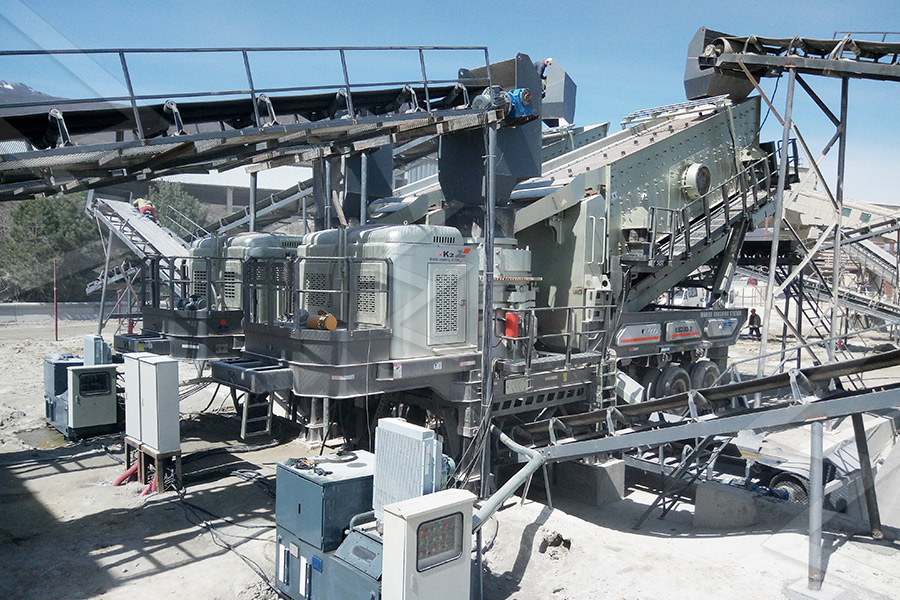
Coal Grinding - Cement Plant Optimization
Coal Grinding. To achieve good combustion and satisfactory flame formation, coal needs to be dried and ground to a proper degree of dryness and fineness. Drying of moisture in coal is achieved normally by ducting part of the kiln exhaust gas through the mill with inlet temperatures of up to 300°C. Inert kiln exhaust gases with oxygen content ...
Read More

Cement Industry - arx.cfa
2019-8-29 · cement trade has been lower than increase in world trade on account of high freight cost and availability of raw material. World cement production stood at around 4.1b MT/annum in 2015. China represents the single largest producer of cement with 57% of global cement production followed by India (6%), USA (1.7%), Brazil and Turkey. Global cement
Read More
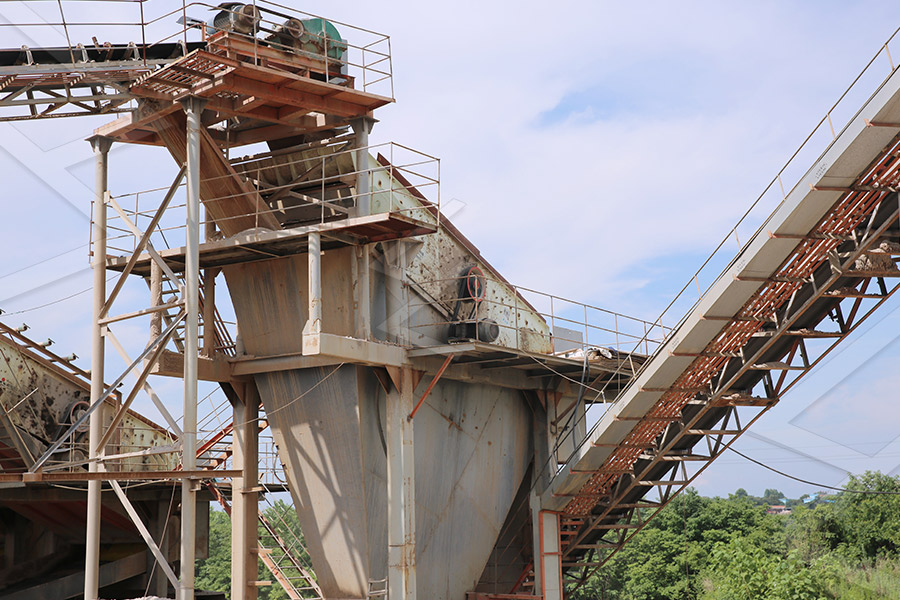
Cement - Promecon
2 天前 · The big challenge in the Cement Industry Cement making is a power consuming business. Pyro string and downcomer are perfect spots to lower emissions and save energy with our flow meters. Even efficient vertical roller
Read More

PPC Cement Manufacturing Process - Portland Pozzolana ...
The hydraulic cementitious materials made of Portland cement clinker, pozzolanic material, and a proper amount of gypsum are all called Portland pozzolana cement (PPC cement). It is a kind of blended cement which is manufactured by mixing and fine-grinding silicate cement clinker, pozzolanic material, and gypsum.
Read More
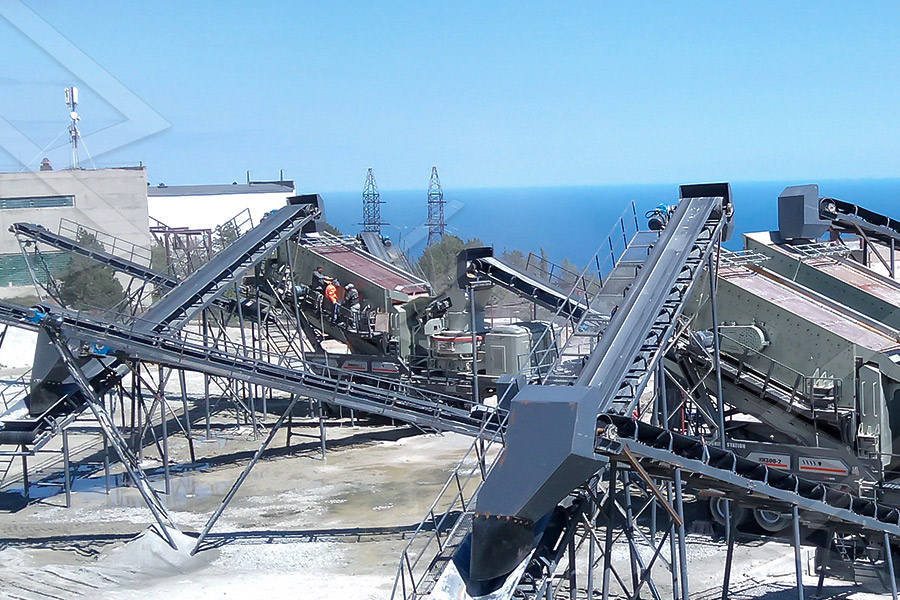
(PDF) OCCUPATIONAL HEALTH AND SAFETY IN
2022-2-4 · Tomar, MK 2014, 'Study of Occupational Health, Safety and Environmental Aspects in Major Cement Manufacturing Industry (Ultratech Cement Limited.)', Journal of Environment and Earth Science, Vol ...
Read More

Raw Mill In Cement Plant,Cement Making Plant
A raw mill is the equipment used to grind raw materials into "rawmix" during the manufacture of cement. It's mainly used in grinding raw materials and end products in cement plant. Raw mill is made up of feeder part ,discharging part ,rotating part ,transmission part (reducer,samll transmission gear ,motor,electric control) etc.
Read More
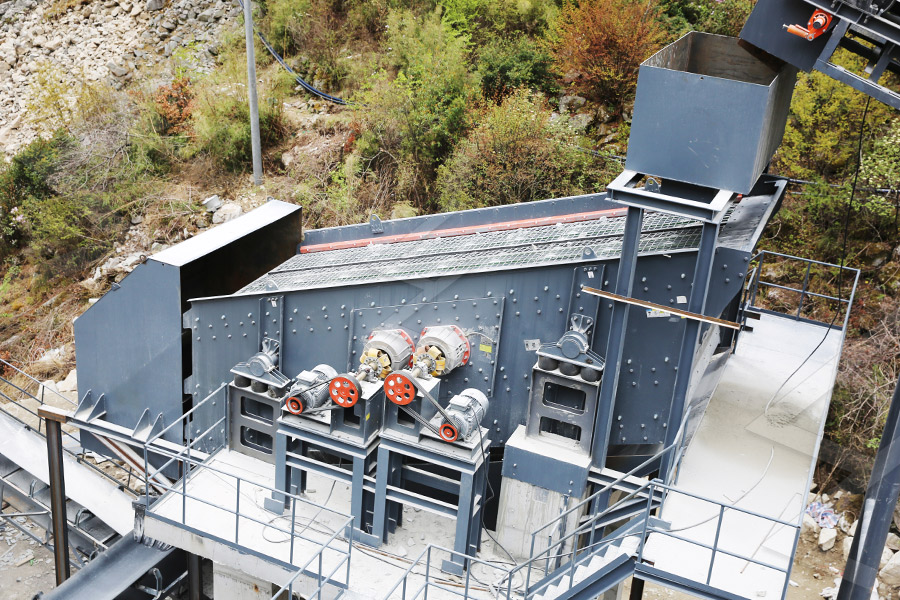
The cement mill
Cement manufacturing - brief description of a cement mill. Cement clinker is usually ground using a ball mill. This is essentially a large rotating drum containing grinding media - normally steel balls. As the drum rotates, the motion of the balls
Read More
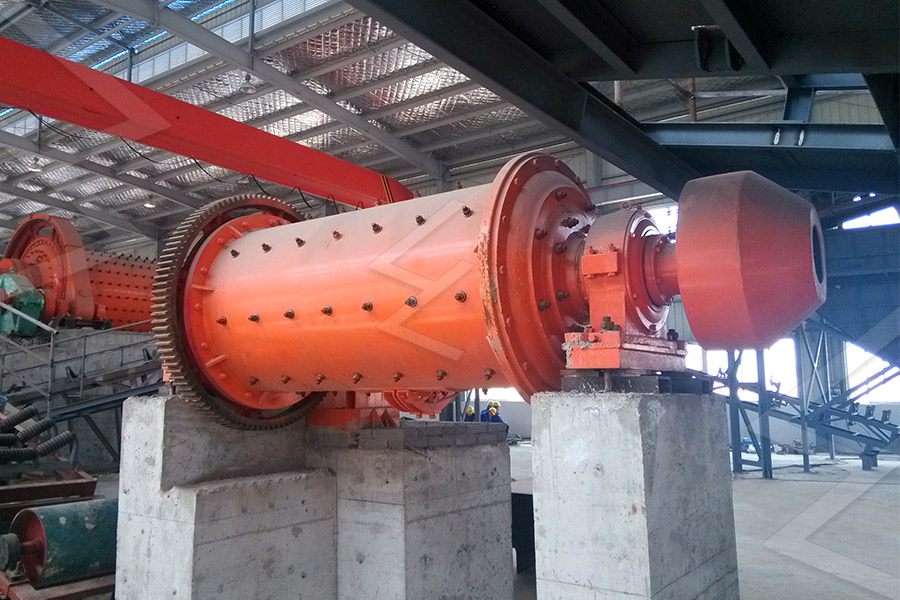
Cement Ball Mill - JXSC Machine
2019-12-10 · The cement ball mill is mainly used for grinding the finished products and raw materials of cement plants, and is also suitable for grinding various ore and other grindable materials in industrial and mining enterprises such as metallurgy, chemical industry, and electric power. Cement grinding is the last process of cement production, it is to ...
Read More

Which type of coal use by cement industry.
Coal is only used for burning the klin to 1400°c to produce the concrete. The other method to produce concrete is by fly ash. Which again is not coal but a by product of burning coal which flies out and is collected using electrostatic precipitation. So whatever coal floats your boat to reach 1400° or to make fly ash will serve the purpose.
Read More

Coal Grinding - Cement Plant Optimization
Coal Grinding. To achieve good combustion and satisfactory flame formation, coal needs to be dried and ground to a proper degree of dryness and fineness. Drying of moisture in coal is achieved normally by ducting part of the kiln exhaust gas through the mill with inlet temperatures of up to 300°C. Inert kiln exhaust gases with oxygen content ...
Read More

Cement Industry - arx.cfa
2019-8-29 · cement trade has been lower than increase in world trade on account of high freight cost and availability of raw material. World cement production stood at around 4.1b MT/annum in 2015. China represents the single largest producer of cement with 57% of global cement production followed by India (6%), USA (1.7%), Brazil and Turkey. Global cement
Read More

Cement - Promecon
2 天前 · The big challenge in the Cement Industry Cement making is a power consuming business. Pyro string and downcomer are perfect spots to lower emissions and save energy with our flow meters. Even efficient vertical roller
Read More

Cement and its effect to the environment: A case study
2009-4-27 · The cement industry recognizes its responsibility to manage the environmental impact, associated with the manufacturing of its product. Mainly, there are two types of cement production process; such as wet process and dry process. The preparation of cement includes mining, crushing, and grinding of raw materials, calcining the materials in 1408
Read More

PPC Cement Manufacturing Process - Portland Pozzolana ...
The hydraulic cementitious materials made of Portland cement clinker, pozzolanic material, and a proper amount of gypsum are all called Portland pozzolana cement (PPC cement). It is a kind of blended cement which is manufactured by mixing and fine-grinding silicate cement clinker, pozzolanic material, and gypsum.
Read More
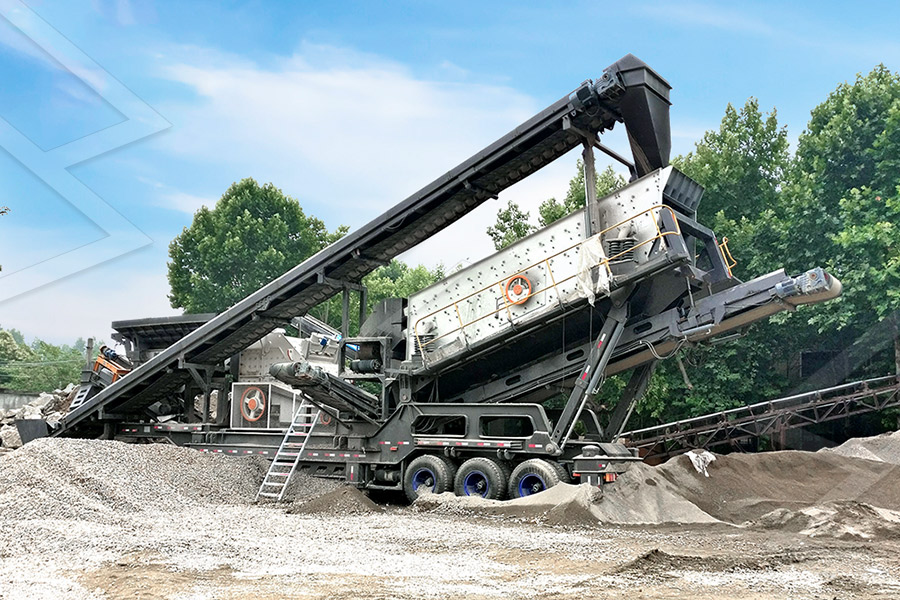
(PDF) OCCUPATIONAL HEALTH AND SAFETY IN CEMENT
2022-2-4 · Tomar, MK 2014, 'Study of Occupational Health, Safety and Environmental Aspects in Major Cement Manufacturing Industry (Ultratech Cement Limited.)', Journal of Environment and Earth Science, Vol ...
Read More
- << Previous:Pasir Tanaman Skrining Di Afrika Selatan
- >> Next:Jaw Crusher New Crusher Machine In Gujarat


